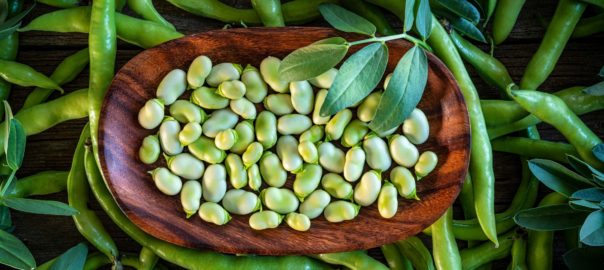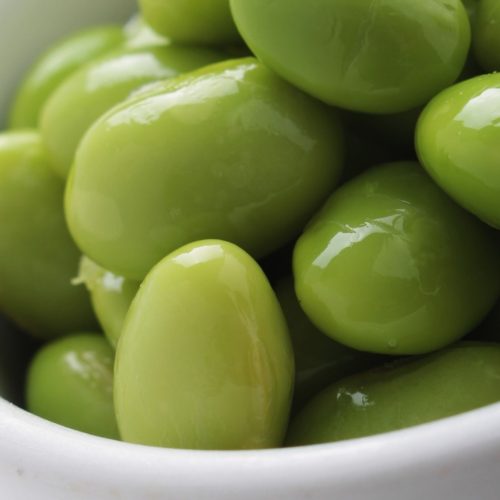 My friend Naomi and I were discussing how difficult it is to find preservative free dried plums (also known as prunes). Typical dried plums in the grocery store are made with potassium sorbate. According to my Food Additives Dictionary potassium sorbate is a “white crystalline powder used as a preservative; a mold and yeast inhibitor; and a fungistat…low oral toxicity but may cause irritation of the skin…PAFA is currently searching the toxicology literature concerning this additive.” Many people who are sensitive to preservatives and additives try to avoid these ingredients, especially as they can cause allergic reactions such as nausea, diarrhea, and possible rash. For a complete list of additives to avoid check out the excellent Fed Up With Food Additives Site run by Sue Dengate.
My friend Naomi and I were discussing how difficult it is to find preservative free dried plums (also known as prunes). Typical dried plums in the grocery store are made with potassium sorbate. According to my Food Additives Dictionary potassium sorbate is a “white crystalline powder used as a preservative; a mold and yeast inhibitor; and a fungistat…low oral toxicity but may cause irritation of the skin…PAFA is currently searching the toxicology literature concerning this additive.” Many people who are sensitive to preservatives and additives try to avoid these ingredients, especially as they can cause allergic reactions such as nausea, diarrhea, and possible rash. For a complete list of additives to avoid check out the excellent Fed Up With Food Additives Site run by Sue Dengate.
Prunes are simply another name for dried plums. They are high in beta-carotene, an important anti-oxidant, potassium, and fiber. Prunes also help increase how well your body can absorb iron. Sweet and easy to prepare they are good to eat either plain, cooked, stewed, and can be baked into a variety of dishes as well.
Naomi lives in California and is fortunate enough to have a plum tree. She harvested her plums and dried them herself. Unfortunately she left the pits in them which makes them more difficult to eat and use. Thinking about this reminded me of a dish that I make, usually in the winter, as a treat; dried fruit compote served over panna cotta. Taking dried fruits and turning them into a compote is a delicious way to rehydrate and use them. Although typically made with pitted fruits I would think that the rehydration process would make it okay to use these pitted prunes and remove the pits while you eat it.
The compote is so good it can actually be served by itself put the panna cotta makes it a special dessert. I am fond of this Vegetarian Panna Cotta recipe from Enlightened Cooking but feel free to use your favorite in it's place.
Dried Fruit Compote, serves 4
Take 1 C. each dried prunes, apricots and raisins (I prefer Thompsons)*
apple juice to cover fruit
zest of 1/2 orange
1/4 c. evaporated cane juice sugar
1 cinnamon stick
2 cloves
1/4 t. fresh nutmeg
Put fruit and apple juice into a sauce pan
bring to a boil
cover and reduce to a simmer
add sugar and flavorings
simmer another 20-30 minutes (compote will thicken as fruit softens), stirring occasionally
remove rind, cinnamon and cloves
set aside to cool completely before serving
* Apricots and Thompson's raisins are easy to find without preservatives both in the grocery stores (usually marked either “organic” or “unsulfured”)
As a side note it turns out that Trader Joe's and Earthbound Farms both have preservative free dried plums. My friend Jodi shared that they can also be ordered online from Nuts Online and Amazon.


